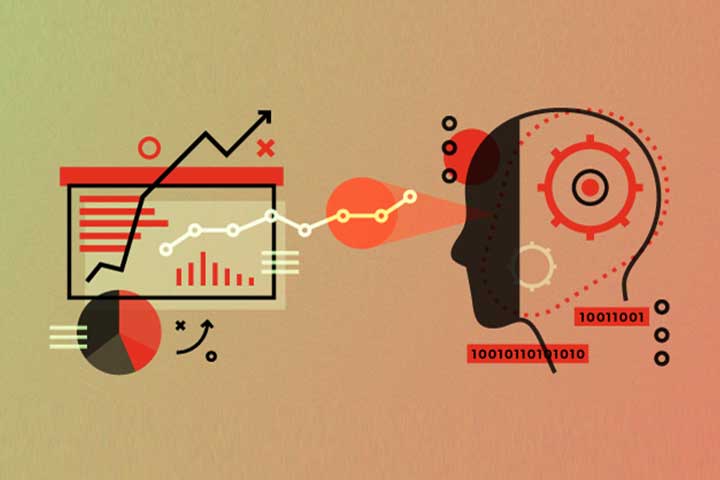This Is What 2022 Will Look Like For AI And Analytics

Companies have looked at the journey of AI and analytics as the industry continues to offer its capabilities to harness the exponential growth of data and transform our lives in 2022.
In the last year, the professionals specializing in Big Data headed all the demand rankings by companies. According to the IEBS, the Data Analyst and the Data Scientist are among the most demanded digital professions.
AI democratized
Artificial intelligence is moving towards democratization, so its benefits will extend to the masses, including customers, business partners, sales staff, factory workers, app developers, IT operations, and professionals. IT, among others.
This is what 2022 will look like for AI and analytics
By democratizing AI, organizations will recognize the global value of far-reaching benefits rather than isolated benefits achieved by a few. Furthermore, AI matures beyond model development.
Now there is much more maturity in addressing the productive implementation of AI. Attention will shift to a broader ecosystem needed to deliver more projects. Companies and institutions will realize more excellent value by investing in data management capabilities and deploying and governing AI and analytics assets.
Data management
The pandemic upended projected business trajectories and exposed weaknesses in machine learning systems that rely on large amounts of representative historical data.
As a result, a business needs to strengthen the “core” of analytics and leverage investments in traditional analytics equipment and techniques best suited for rapid data discovery and hypothesis building.
Organizations will struggle to deliver connected and consistent data across on-premises, public, and multi-cloud sources. They will need to do this while supporting different use cases or different types of users who need reliable, consistent, real-time data to build applications or deliver insights.
What will the future hold for AI?
Artificial intelligence is moving into the real world, but slowly. While many of its breakthroughs have shown outstanding accuracy in everyday tasks or online competitions, it still takes time for these breakthroughs to reach the industry and ultimately solve real problems for customers.
This is due, in part, to the need for industry-specific data or computing power to run these systems and models. Due to these limitations, you will see a slow but steady stream of advances from research to reality.
Finally, there are still barriers to the accessibility of AI. Despite the increased interest in online courses and teaching the skills needed to work with AI tools, these technologies will not be fully accessible. There will continue to be a need for visual interfaces that make machine learning and artificial intelligence accessible to more people.
